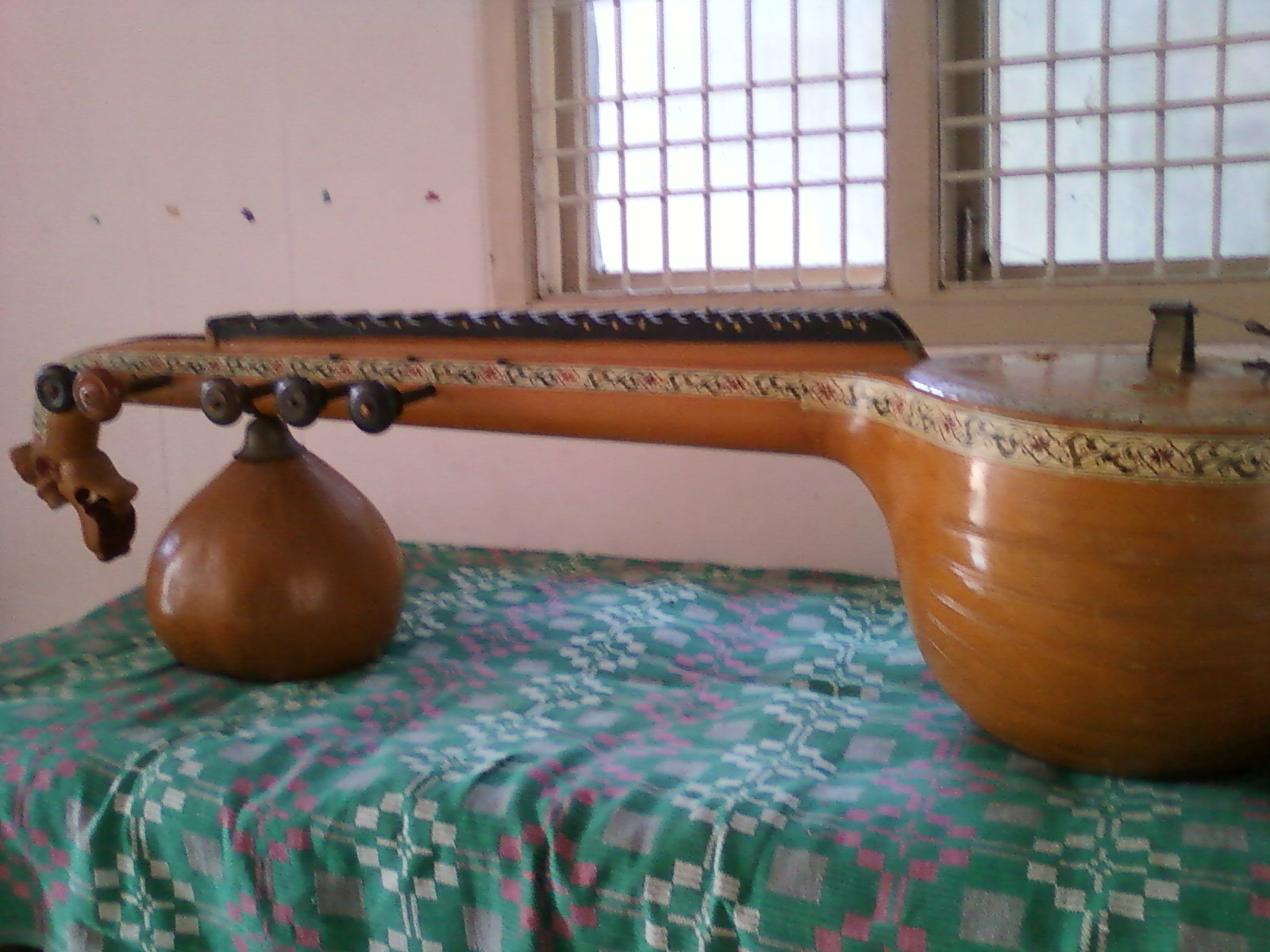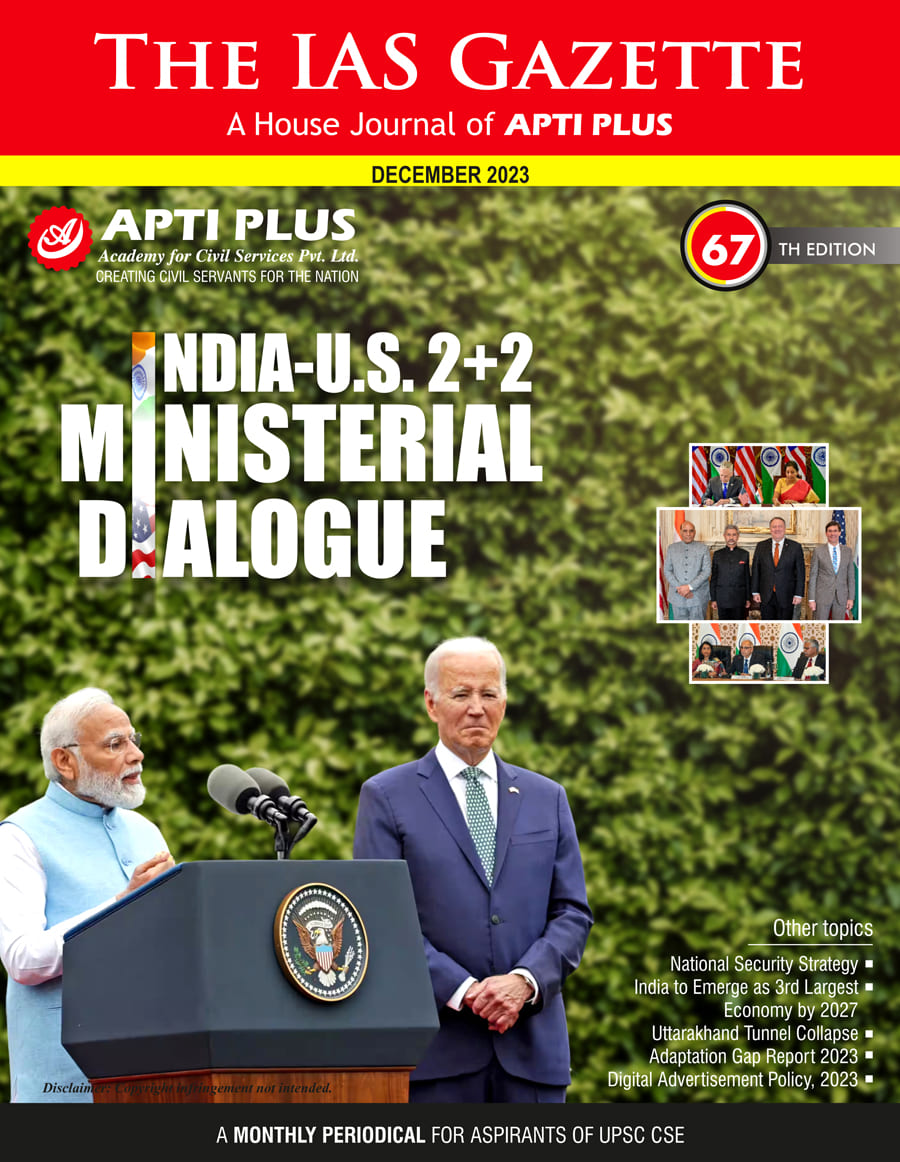Description

Disclaimer: Copyright infringement not intended.
Context
Despite the longstanding fame of the Bobbili veena, spanning 350 years, the livelihood of craftsmen face challenges due to a lack of demand from the public and required patronage from the government.
Details
- The history of the Bobbili veena is intertwined with the patronage it received from kings of the princely state of Bobbili.
- Mushinati Chinnayya Chari and Sarwasiddhi Appala Swamy, who were the pioneers of making the Bobbili veena, brought special recognition to Bobbili with their exceptional craftsmanship and musical prowess.
- Bobbili veena got worldwide recognition when Veena was displayed at an exhibition held in New Delhi in 1919.
About Bobbili Veena
- It is a traditional plucked string instrument deeply rooted in Carnatic classical music.
- Originating from Bobbili in the Vizianagaram district of Andhra Pradesh, it holds a significant place in the cultural heritage of the region.
- In 2011, it received the Geographical Indication (GI) tag from the Government of India, recognizing its unique association with its place of origin.
Historical Background:
- Origin and Evolution: Invented during the 17th century, particularly during the reign of Pedda Rayudu in Bobbili, the Veena gradually evolved over three centuries. It was a common musical instrument in South India during that era.
- Patronage and Development: Rulers of the Bobbili kingdom patronized the Veena and contributed to its development. Many of them were enthusiasts and learned to play the instrument.

Craftsmanship and Community:
- Craftsmen and Artisans: Skilled artisans belonging to the Sarwasiddi community, residing in Gollapalli, were responsible for crafting and supplying the Bobbili Veena. This community is known as the "Bobbili Veena Sampradayam" (Bobbili Veena community).
- Material and Construction: The Veena is crafted from a single piece of jackwood, showcasing exquisite craftsmanship and intricate design elements.
Description of Bobbili Veena:
- Design Elements: It typically comprises a resonator, neck, and strings, with meticulous carvings and traditional craftsmanship.
- Symbol of Heritage: Bobbili Veena is not just a musical instrument but a symbol of cultural heritage, representing the artistic legacy of Bobbili and the Vizianagaram district.
- Preservation of Traditions: The GI tag ensures the preservation of the instrument's traditional craftsmanship and cultural significance for future generations.
Introduction to Veena
- The Veena is a plucked string instrument that traces its roots back several centuries in Indian classical music.
Types of Veena:
Saraswati Veena:
- Description: A traditional Carnatic instrument named after the Goddess Saraswati, symbolizing knowledge and music.
- Features: Long-necked instrument with a resonator, strings, movable frets, and gourds.
- Usage: Central in Carnatic music, it produces intricate melodies and is played primarily in South India.
Rudra Veena:
- Description: An ancient Veena associated with Dhrupad music and classical texts like Natya Shastra.
- Features: Large gourd, main playing strings, sympathetic strings, and a deep, resonating sound.
- Usage: Primarily employed in the Dhrupad style, known for its majestic and meditative tones.
Vichitra Veena:
- Description: A fretless Veena primarily used in Hindustani classical music.
- Features: No frets, unique bridge design, resonator, and strings for producing microtonal notes.
- Usage: Known for intricate meend (gliding) techniques, used in rendering slow, contemplative ragas.
Gottuvadhyam:
- Description: Also known as the Chitra Veena, an ancient Veena form associated with Carnatic music.
- Features: Hollow resonator, long neck, and slide made of oiled cloth to play the strings.
- Usage: Rarely played now, considered an earlier form of the Saraswati Veena.
Mohan Veena:
- Description: A contemporary instrument inspired by the Veena, resembling a modified slide guitar.
- Features: Horizontal playability, sympathetic strings, and a blend of slide guitar and Indian classical music elements.
- Usage: Popular in Hindustani classical music and fusion genres.
Construction:
- Materials Used: Typically crafted from seasoned wood, including jackwood, teak, or mahogany.
- Artisanal Work: Skilled craftsmanship involves intricate carving, shaping, and assembly of various components.
Playing Techniques and Music:
- Playing Style: The Veena is played by plucking the strings with fingers and using techniques like meend (gliding) and gamakas (ornamentation).
- Music Genre: Integral to Indian classical music, it accompanies vocalists and instrumentalists in ragas and compositions.

Conclusion
The Bobbili Veena's historical journey, rooted in the cultural ethos of Andhra Pradesh, showcases its evolution, craftsmanship, and cultural significance. The GI tag acknowledgment underscores its unique association with Bobbili, safeguarding its heritage and celebrating its craftsmanship for posterity.
|
PRACTICE QUESTION
Q. Which region is renowned for the invention and craftsmanship of the classical Indian musical instrument known as Bobbili Veena?
A) Tamil Nadu
B) Kerala
C) Andhra Pradesh
D) Karnataka
Correct answer: C)
|















